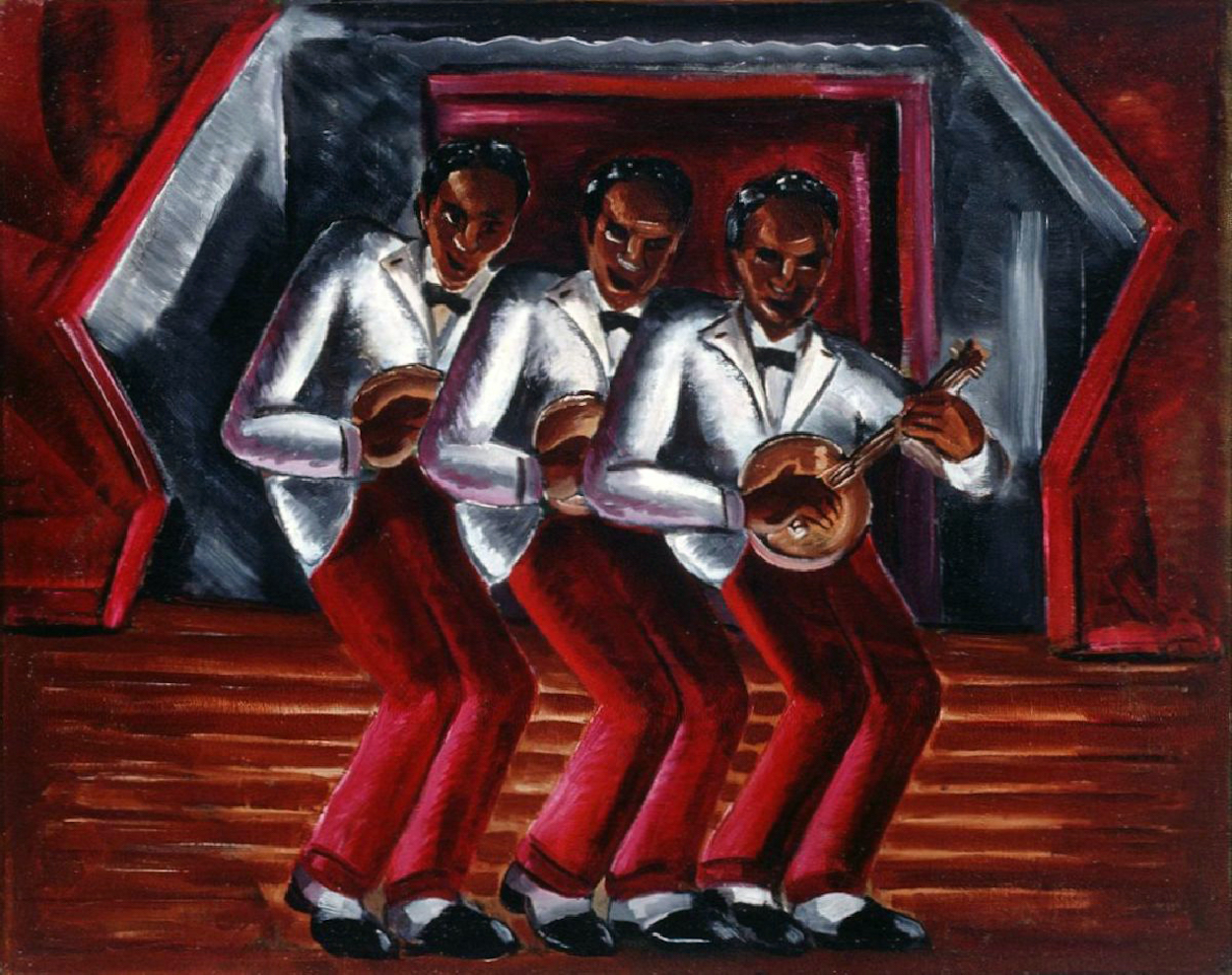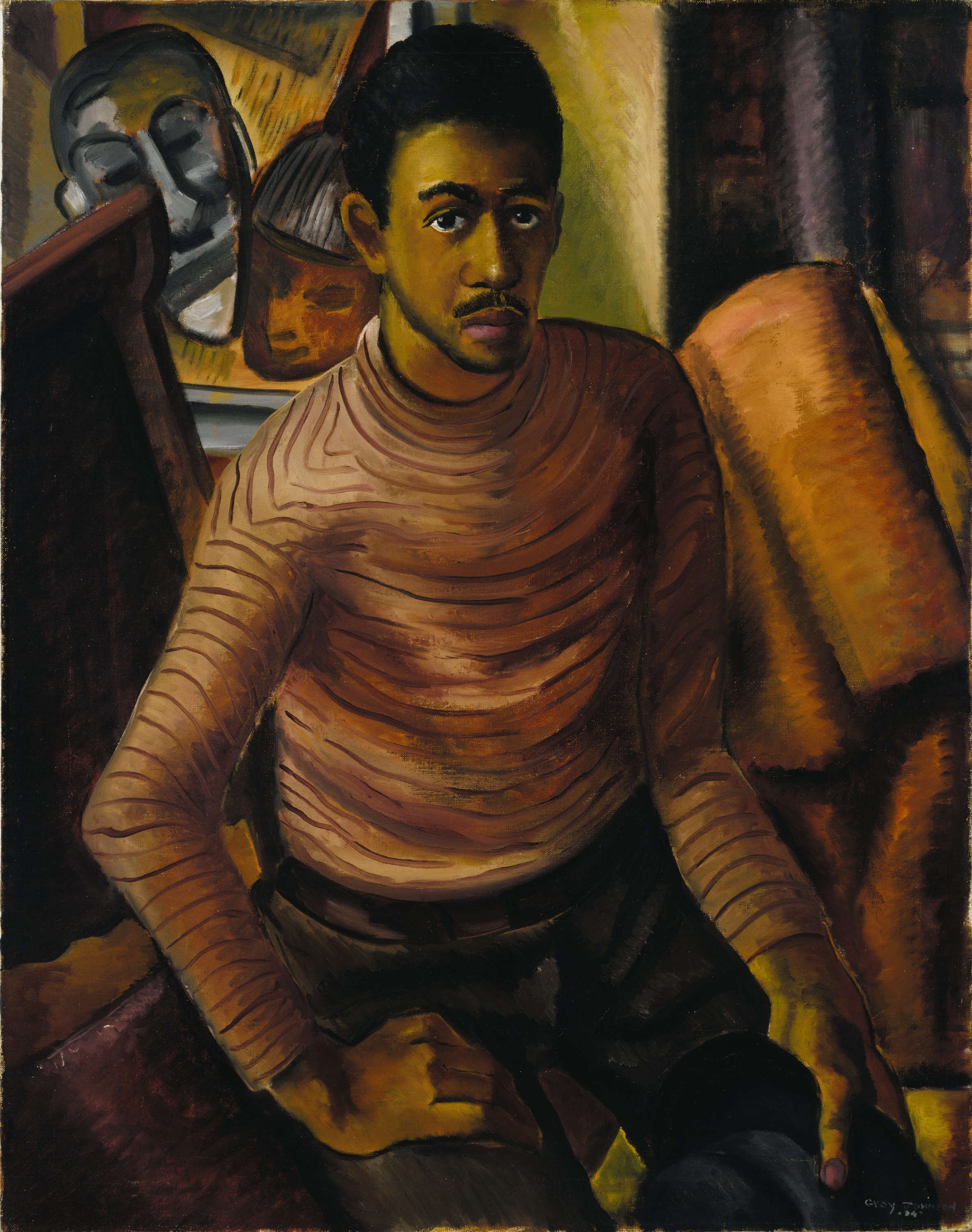Today is the last day of February and the last day of our celebration of Black History Month. I hope you enjoyed our selections!
Malvin Gray Johnson, a celebrated artist of the Harlem Renaissance, was known for his respectful and dignified portrayal of African Americans. Interestingly, some of his most famous works were created not in Harlem, New York, but in Virginia. His unique ability to reflect the humor and spirit of the African American community won him high praise. It was a great shock when Johnson, a rising star, passed away unexpectedly at just 38 years old, shortly after returning to New York and just before his Virginia works were to be showcased in a solo exhibition.
Johnson's early painting style, influenced by classicism, evolved significantly at the National Academy, where he was inspired by African sculpture, Cubism, and Cezanne’s Post-Impressionism. He started experimenting with color and light, moving towards a style known as Symbolic Abstraction, characterized by simplified forms, vibrant colors, and incorporating African imagery. Despite this stylistic shift, Johnson remained committed to portraiture and genre painting, creating emotionally resonant works. His paintings, especially Swing Low, Sweet Chariot and Roll, Jordan, Roll, were highly praised and recognized for their unique contribution to American culture.
Johnson's untimely death during the peak of the Harlem Renaissance was a great loss to the art world, leaving friends and critics deeply saddened. Regrettably, much of his work was misplaced or lost by museums and galleries that didn’t prioritize African American art in the 1930s. Today, only about 60 of his works survive, but they are treasured in collections nationwide, including the Smithsonian American Art Museum and Hampton University Museum of Art.
P.S. Learn more about the Harlem Renaissance—the movement that gave the African American community a chance to represent themselves in art as never before!


 Malvin Gray Johnson
Malvin Gray Johnson